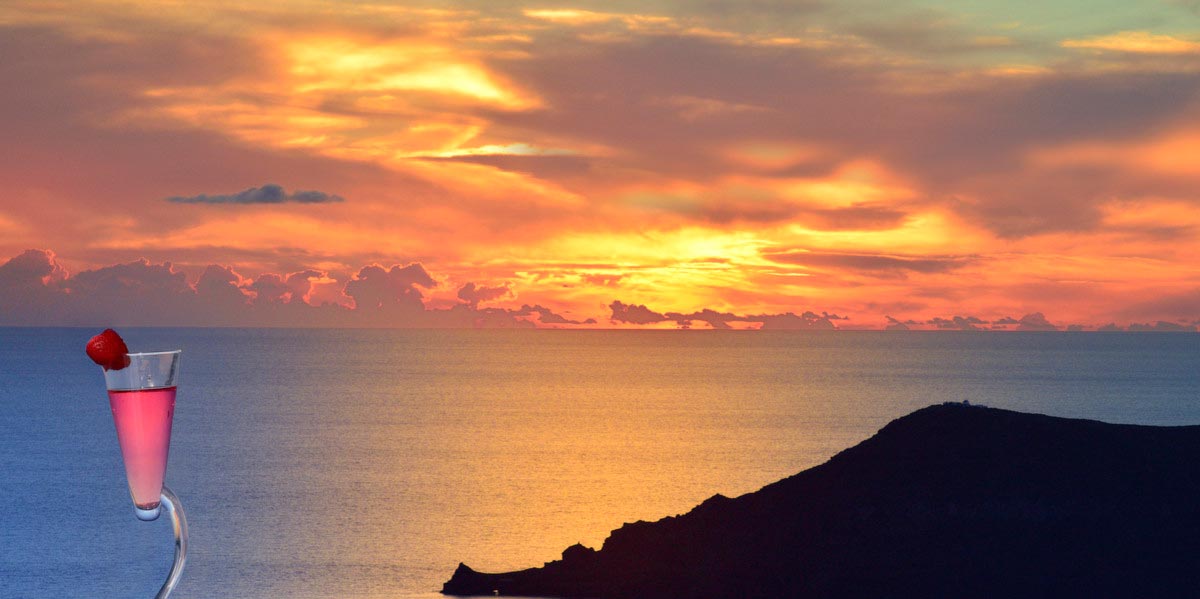Santorini
Santorini, Greece is a small Cycladic Island in the Aegean Sea, about 200 kilometers (120 miles) from mainland Greece. You will often find Santorini on the map as “Thira”, named after the ancient Spartan Thiras who founded the island in 9th century BC. After the passage of French Crusaders, who stayed for a while near the church of Agia Irini (Santa Irini), the island was later called Santorini. The closest inhabited island is Thirasia.
Santorini, Thirasia and the uninhabited volcanic islands of Palaia Kameni, Nea Kameni and Aspronisi, form a distinct archipelago which was shaped after a gigantic volcanic eruption around 1,600 BC. As a result of the eruption, all existing settlements on Santorini were covered in volcanic ash. A giant tsunami was also caused, and the waves reached all the way to the island of Crete. Volcanic activity in the area first appeared 3-4 million years ago, and it has been ongoing; the last eruption took place in 1950. Santorini’s history was, literally, shaped by the volcanic lava.
This extraordinary landscape is precisely what makes Santorini Greece one of the most famous islands worldwide. As a result of the repeated volcanic eruptions throughout the centuries, Santorini’s west coast is a steep, rugged cliff. The uninhabited nearby islets are made up of dark, almost black volcanic rock. Walking on the dark gravel, standing right next to the crater of the volcano, will be one of the highlights of your visit.
Alongside the unique rocky landscape, Santorini offers extraordinary views. The stunning sunsets overlooking the caldera, the picturesque white-and-blue villages perched on the edge of the cliff, and the traditional Cycladic architecture, never stop to impress visitors.
Embrace Greek culture and take your time over a coffee, sitting at one of the numerous cafes, or have a traditional meal at one of the many restaurants the island has to offer.
